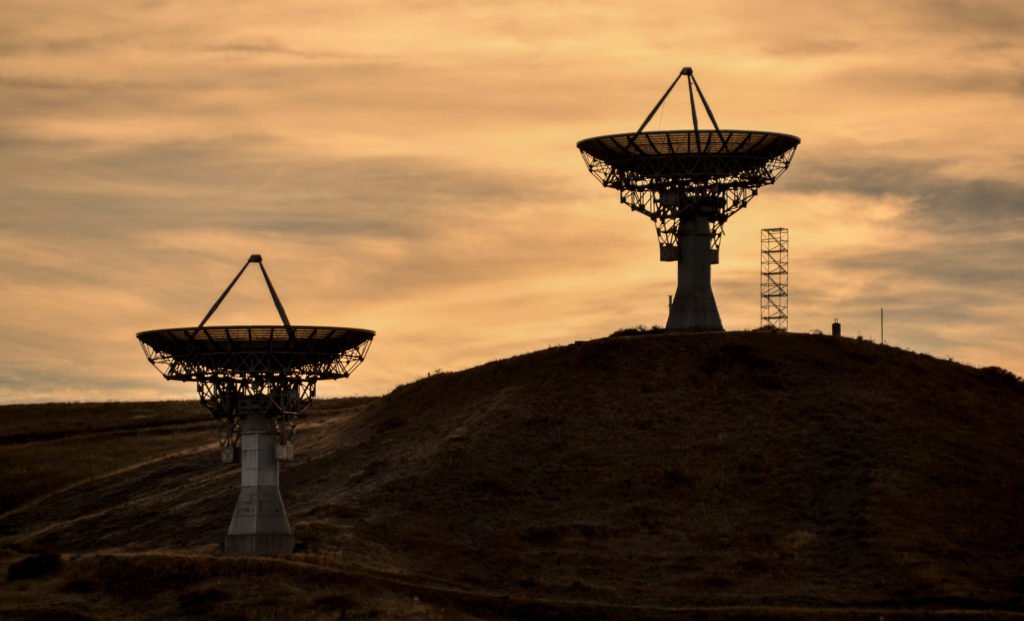A very small aperture terminal (VSAT) is a two-way satellite communications system. It consists of a satellite, a central hub (earth station computer) where a big dish antenna is located, and several smaller dish antennas (or nodes). Through the satellite, the nodes communicate with the central hub. VSAT end users connect with the hub through the satellite in a star topology. Currently, VSATs are used by many homes and businesses for mostly wide area network (WAN) and Internet access. But there are other advantages to using a VSAT system.
It Offers Mobile and VPN Access
Aside from point to point WAN and Internet access, VSATs can also provide mobile and virtual private network (VPN) access. Broadcasting from any region or place on the planet is possible with a VSAT, even when on the move. Encryption is also offered by a satellite when data is transmitted between two or more sites; hence, a VPN is created.
It Provides Access in Remote Areas
Since the satellite is orbiting in a geosynchronous manner, a third of the earth’s surface is covered. With the help of several satellites, a global coverage can be reached, which includes rural areas, coastal areas, ships at sea, and even upland areas that have little to zero connectivity.
It Deploys Faster
The moment the satellite is in orbit, deployment in the user’s place can be done within hours. A user with little training can also deploy it easily. With respect to geographic regions and their limiting prospects, a VSAT can be deployed with no trouble.
It Can Be Scaled
Scalability is one important advantage of a VSAT system. As a cost-efficient technology, it can be scaled to serve many locations globally. Some VSAT networks can even serve as much as 10,000 sites using only one network.
VSATs are not only cost-effective. They are also a logistically effective satellite technology. With a multi-pronged set of capabilities, from Internet to mobile access, it is a reliable communication system that can benefit businesses and the larger public.
